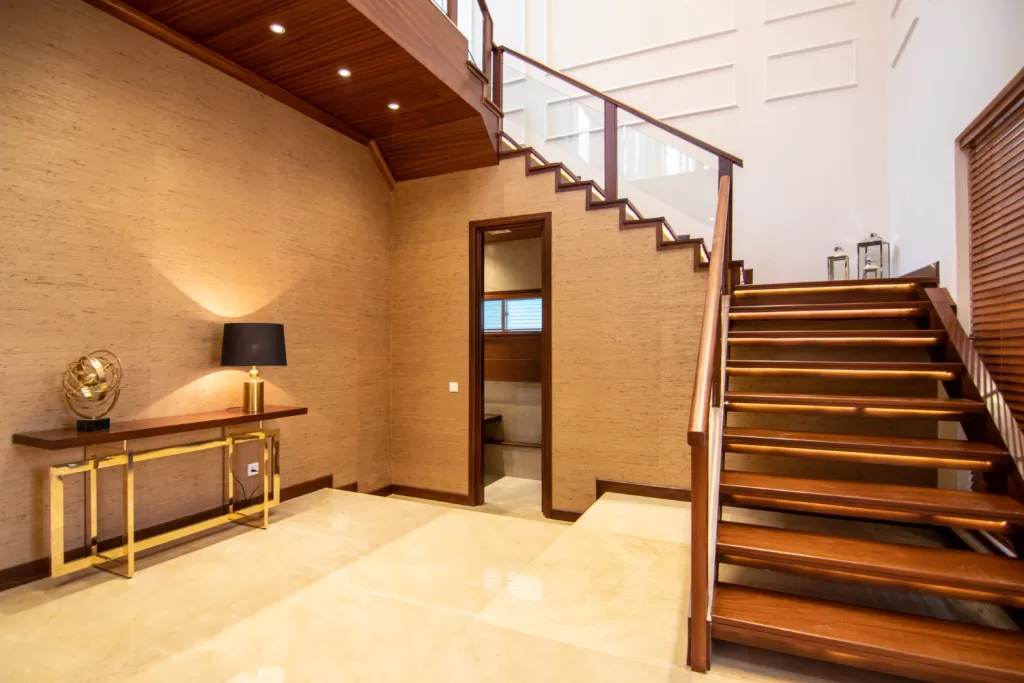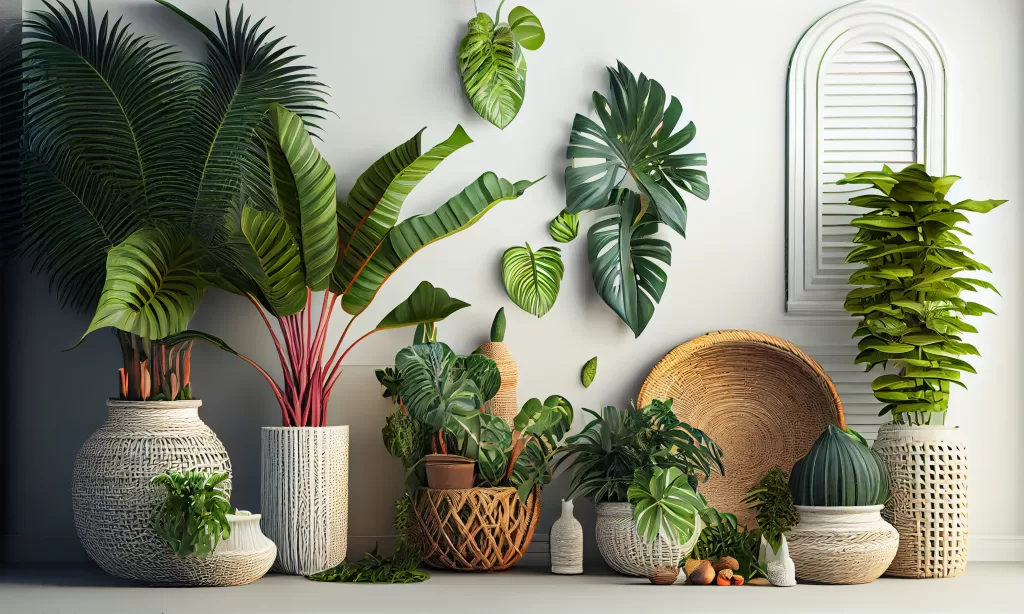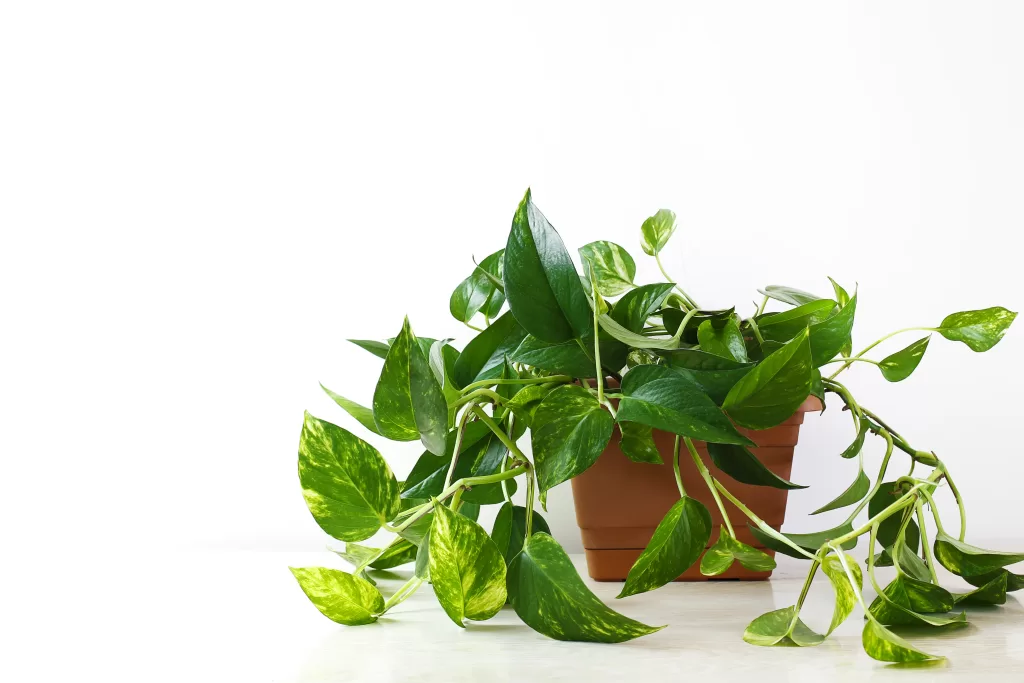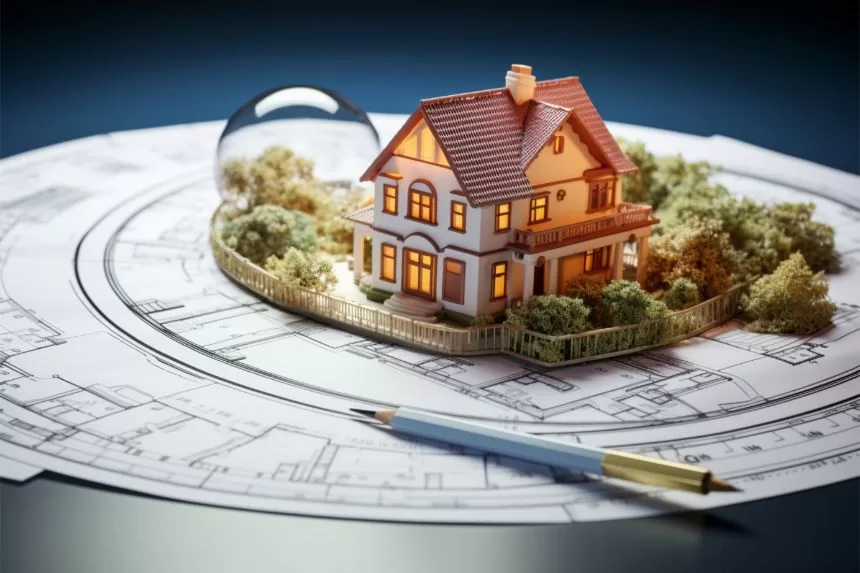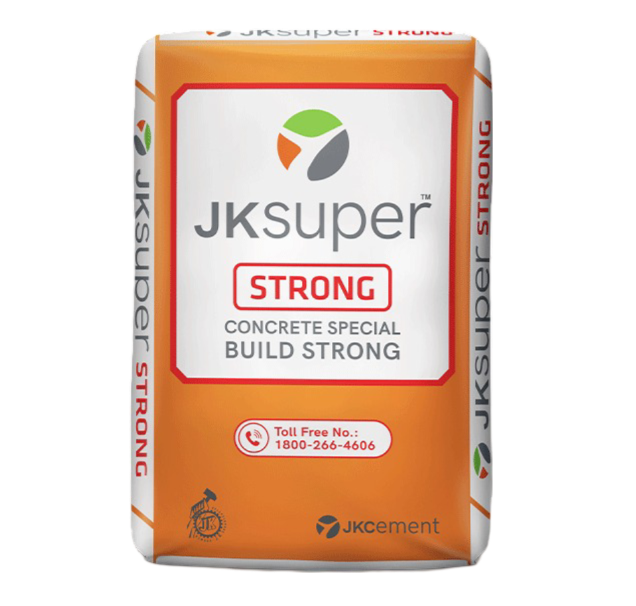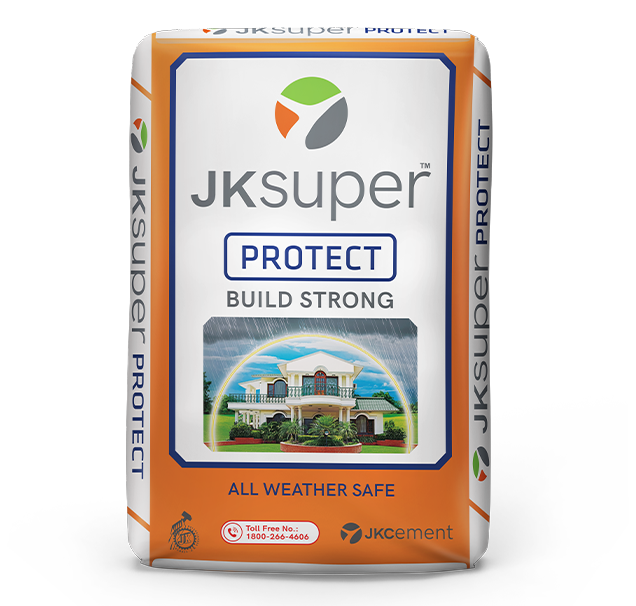As per Vastu Shastra, the placement of various architectural elements is believed to influence the energy flow within a house. One such element is the staircase, which serves as a channel for positivity. If you have an east-facing house, you must consider implementing specific Vastu guidelines for proper staircase orientation. That way, you can effectively attract harmony in your living spaces. So, continue reading to learn more about staircase Vastu for an east-facing house.
Placement of Staircases in East-Facing Houses
How the staircase is placed in an east-facing house plays a significant role in the kind of energy flow the living space experiences. Here’s what you can consider:
Avoid Centre or Northeast Placement
Steer clear of placing the staircase in the centre or northeast corner, as this can disrupt energy flow and lead to obstacles in progress and health.
Prefer Southwest, West, or South Placement
If possible, opt for placing the staircase in the southwest, west or south corners. These orientations are favoured in Vastu as they symbolise vitality and growth.
Separate Enclosure or Open Design
Design the staircase within a separate enclosure or an open layout that doesn’t obstruct the east-facing entrance. This can facilitate smooth energy flow.
Maintain Alignment and Proportions
Ensure proper alignment with the east-west axis of the house to maintain balance. Maintain appropriate proportions and dimensions for comfort and safety.
Repair Broken Steps
Broken steps can have a negative impact on the occupants’ financial stability. To dodge such challenges and ensure safety, repair them as soon as possible.
Main Door Placement
Placing the staircase directly in front of the main door may disrupt the flow of positive energy. It can further lead to health issues or general discomfort for the occupants.
No Visibility to Outsiders
According to Vastu principles, the staircase should be constructed in a way which isn’t directly visible to outsiders. A visible staircase is believed to invite stress into a home.
Enhance with Natural Light and Ventilation
Incorporate windows or skylights along the staircase for ample natural light and ventilation, fostering positivity and freshness.
Use Harmonious Materials and Colours
Choose construction materials and colours that complement Vastu principles and the house’s aesthetics. For example, soft pastel shades like soft blue, pale pink, or lavender can also be suitable for staircase walls. These colours have a soothing effect and promote relaxation.
Impact of Incorrect Staircase Placement on Energy Flow
As per Vastu for house, incorrect placement of the staircase may impact energy flow in the following ways:
Disruption of Positive Energy:
Improper placement of the staircase can disrupt the smooth flow of positive energy (prana) within the home, leading to imbalances and disharmony.
Obstruction of Entryway:
Placing the staircase directly in front of the main entrance obstructs the entryway, hindering the influx of positive energy into the house. It creates obstacles in welcoming prosperity and abundance.
Health Concerns:
Poorly positioned staircases may adversely affect the health and well-being of occupants by disturbing the natural energy flow. This can manifest as physical ailments, fatigue, or general discomfort.
Financial Instability:
In Vastu Shastra, the entryway symbolises opportunities and prosperity. Blocking or obstructing the entrance with a staircase may contribute to financial instability and hinder wealth accumulation.
Negative Psychological Impact:
An incorrectly placed staircase can create a sense of unease or discomfort among occupants. It can impact their psychological well-being and overall quality of life.
Reduced Vitality:
When energy pathways are disrupted by an improperly positioned staircase, it can lead to a lack of vitality, enthusiasm, and productivity among occupants.
Conflict and Tension:
Disharmonious energy flow caused by incorrect staircase placement may contribute to interpersonal conflicts, tension, and discord within the household.
Discover the strength and reliability of JK Cement for your construction needs. Build structures that assure durability and resilience for years to come.
FAQs
What is Vastu Shastra?
Vastu Shastra is an ancient Indian architectural science that prescribes principles for designing spaces in harmony with natural elements. It aims to promote well-being, prosperity, and spiritual balance within living spaces.
Which direction is good for the staircase?
It is advisable to build your staircase in the southwest, south, or west part of your home. This is a favourable direction for an east-facing house in Vastu.
What number of stairs are considered lucky?
According to Vastu principles, when it comes to staircase design, an optimal choice is to have an odd number of steps, such as 9, 11, 15, or 21.
Is it advisable to put stairs in the middle of the house?
Any kind of construction, like a staircase, in the middle of a home can obstruct the flow of positive energy, which contributes to the warmth and cheerfulness of the space. Therefore, it’s advisable to avoid placing staircases, pillars, or beams in this central area.
What are the benefits of following Vastu guidelines for staircase placement?
Following Vastu guidelines for staircase placement helps you enjoy benefits, like:
-
- Better positive energy flow
-
- Improved harmony
-
- Enhanced well-being
-
- A balanced and auspicious living environment within the home

